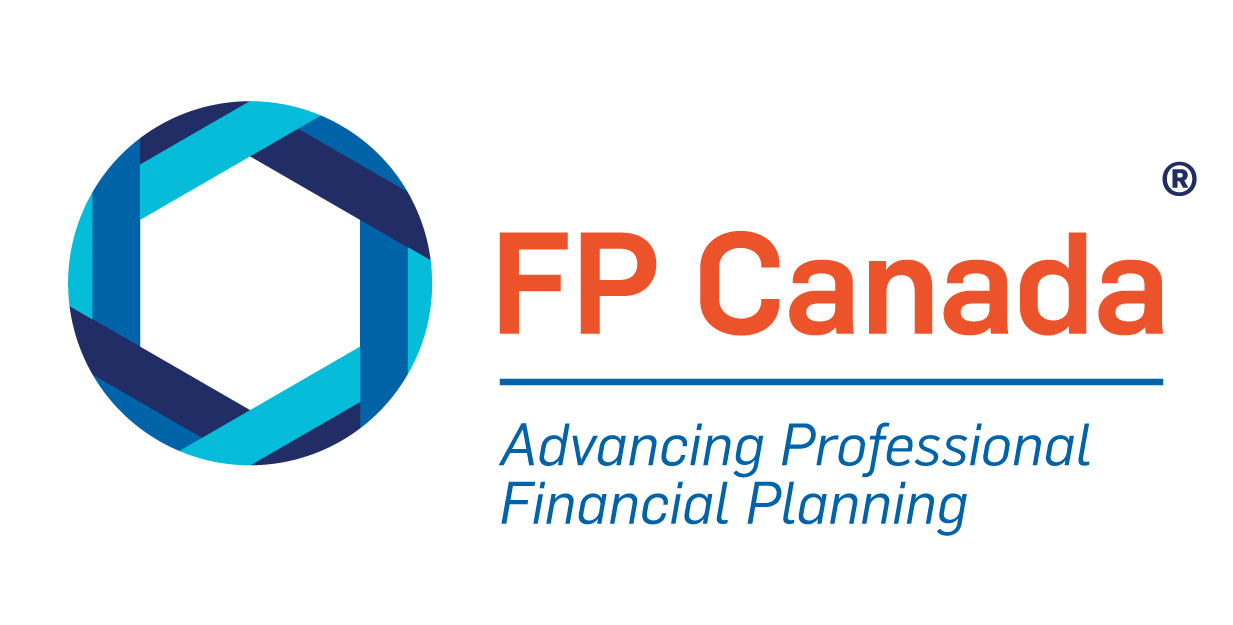Preparing yourself emotionally, financially, and practically for life’s eventualities can give you a sense of control and peace of mind.
This is the third article in the Navigating Retirement series, featuring Douglas Lamb, CFP® professional, Elder Planning Counselor, and Financial Advisor with HollisWealth Advisory Services Inc. So far, Doug has shared his insights about active and less active retirement lifestyles as well as considerations for getting assisted care.
In the third stage of retirement, activities and trips may have stopped and significant medical expenses, as well as possible long-term care costs, may be required.
Lamb offers advice on how to proceed if you need to navigate a move to continuing or long-term care.
Working Through the Transition
In the transition from child to teen and adult, there is a natural excitement that comes with the possibility of moving freely in the world and building the life you want. When these possibilities are no longer an option, it can be a difficult reality to accept.
Moving into a long-term or continuing care facility is a very emotional and often distressing experience. It’s important to be open to varying opinions different family members may have about your wishes. Working together with your loved ones, no matter how hard it may be, will ensure that your wishes are met to the fullest extent possible.
Making the Right Move For You
Start early to carefully review care home options. With your loved ones, look for an environment where you feel comfortable and certain that you'll receive the care you deserve. Many facilities have long waiting lists, so express your interest and register early.
Once you are admitted to a care facility, it’s important for your family to monitor the care that’s being provided. Unannounced visits and phone calls help provide a window into what’s happening when they’re not there. If loved ones are unavailable, make arrangements for periodic visits by a paid caregiver.
Finding the Right Professional
It’s particularly important to find a CFP professional or QAFP® professional who has experience with these types of transitions. Many have dealt with similar situations in their own lives. It’s not only about the numbers when determining future retirement needs—it’s also about finding someone to guide you through the emotional changes.
A professional financial planner will help you plan for issues you may face in the future, such as the following:
- Ensuring wills and powers of attorney for property and personal care are in place and reflect your wishes.
- Helping you communicate with loved ones and other affected parties about how you would like to handle advanced health care and end-of-life care.
- A well-thought-out estate plan to ensure final assets are distributed as you wish.
While Lamb’s mother flourished in her chosen assisted living facility, she later developed a form of Alzheimer’s disease. The rapid loss of abilities meant a quick move to a secure unit. And although the family found the perfect place for her, she had good days and bad, says Lamb.
“One day she called to ask if I realized the kind of facility she was living in and announced she was holding me responsible for ‘locking her up.’ My response? ‘Thanks―I’m giving you the protection you need—just as you protected me growing up.’ She never mentioned the situation again,” shares Lamb.
To find the right CFP professional or QAFP professional to help guide your retirement planning, use our Find Your Planner tool.

 Find Your Financial Planner
Find Your Financial Planner

